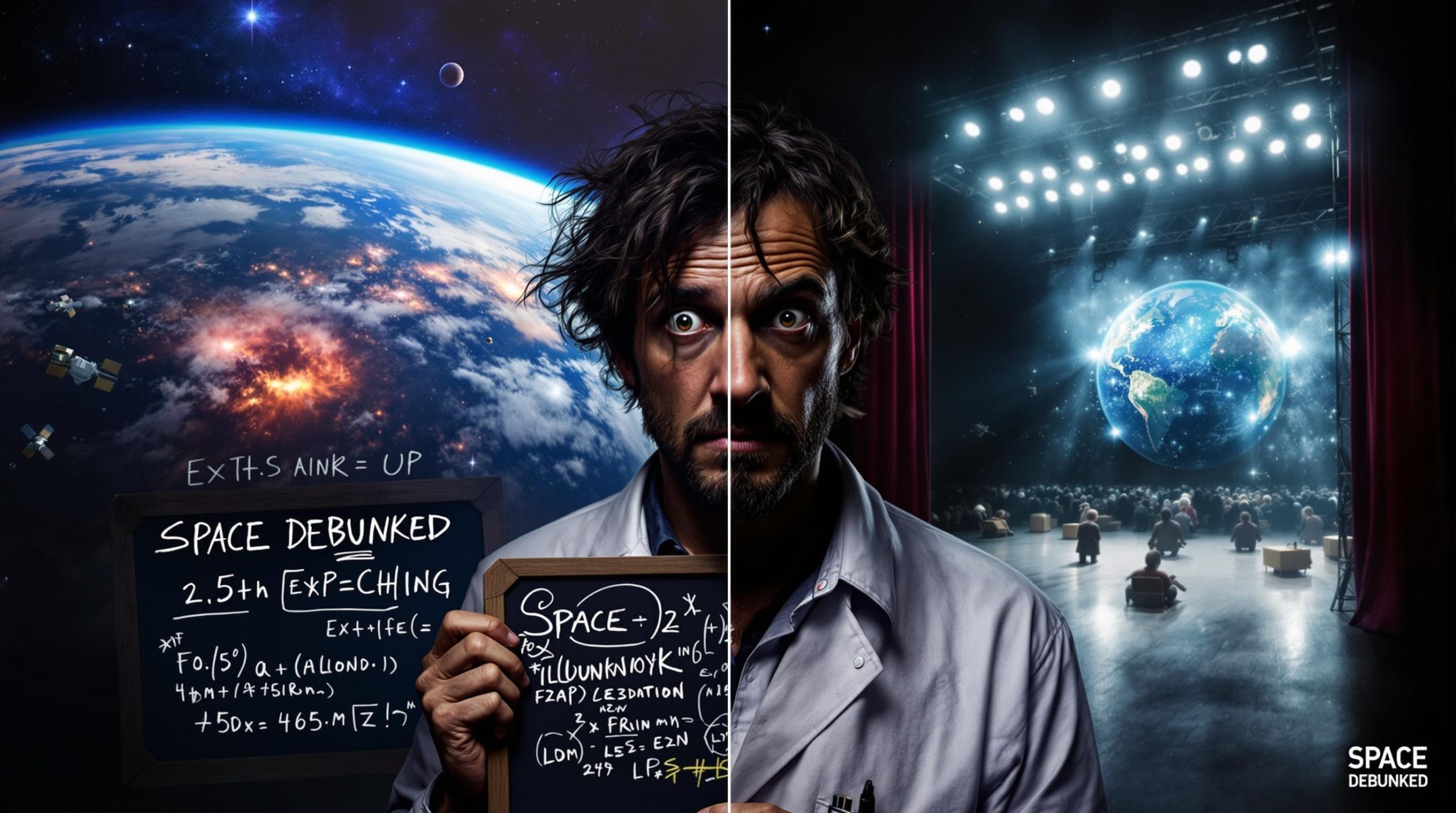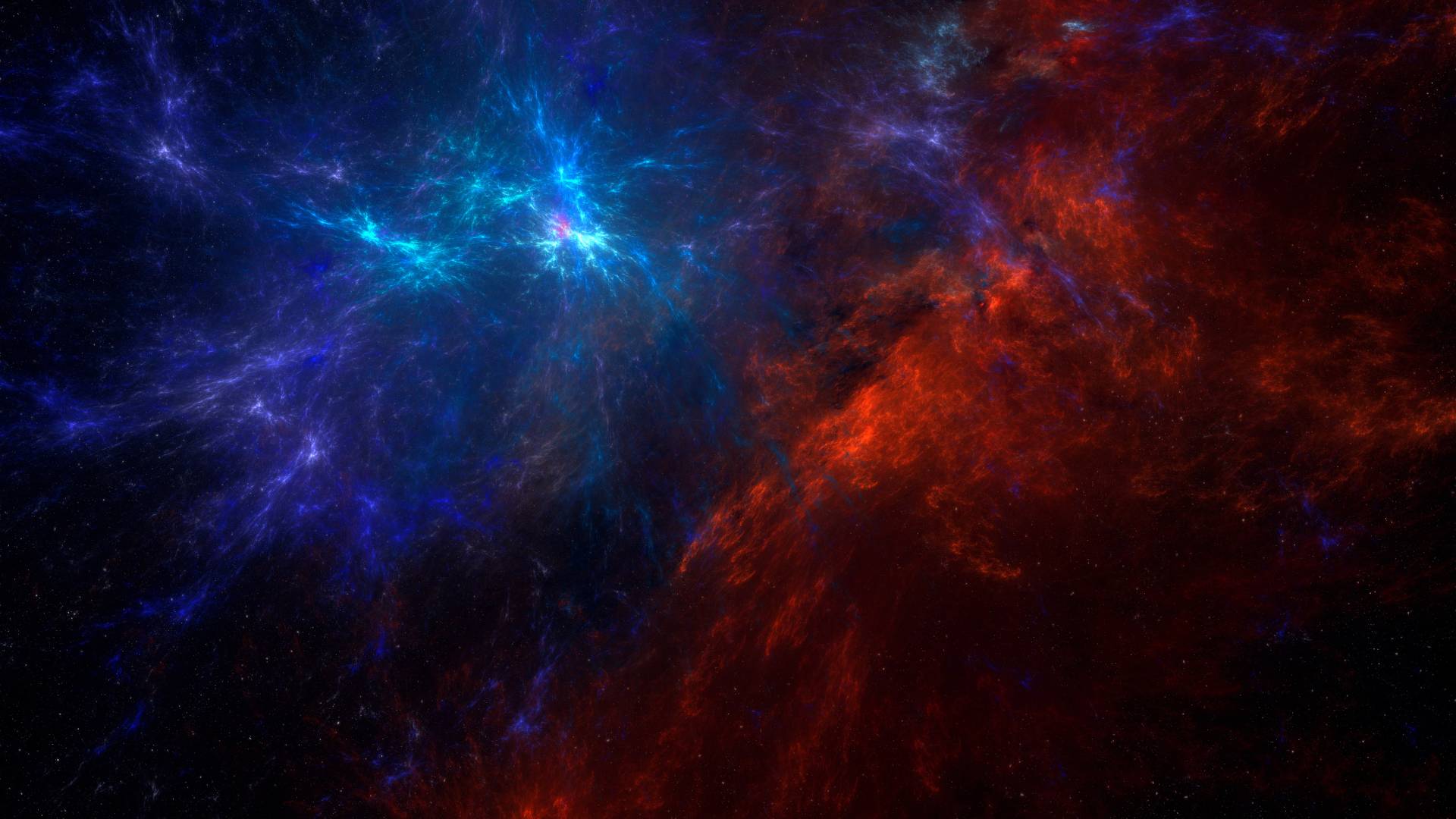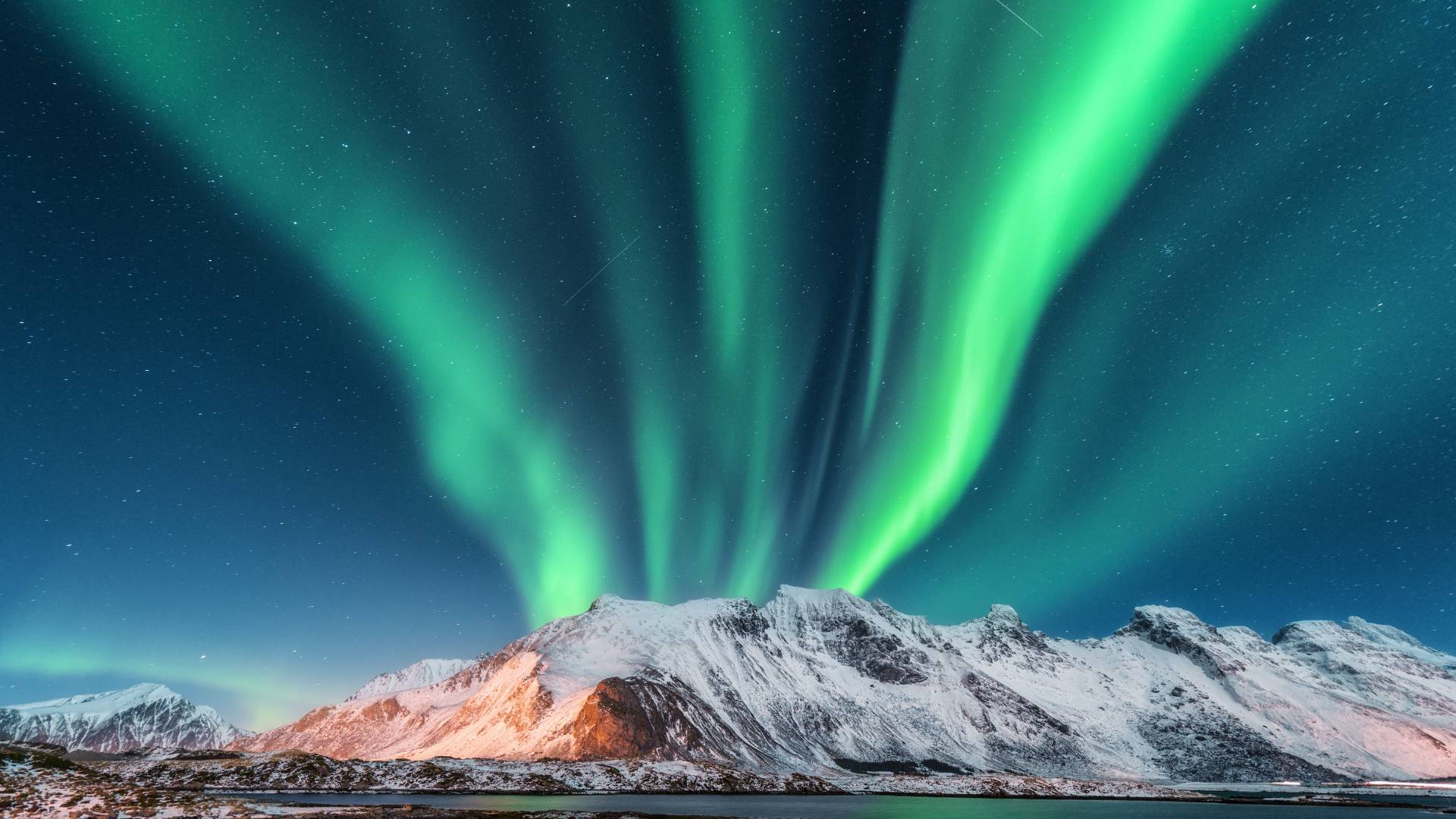Space, the final frontier, has captured human imagination for centuries. However, along with fascination comes a flurry of myths and misconceptions that persist despite advancements in science. In this article, we’ll tackle some of the most common Space Myths Debunked them with facts grounded in science and expert understanding.
The List of Space Myths Debunked
Myth 1: Space is Completely Silent
Is Space Completely Silent?
The idea that space is utterly silent is partly true but oversimplified. In the vacuum of space, there are no molecules to carry sound waves, making traditional sound transmission impossible. However, sound-like phenomena exist in specific regions. For instance, in areas filled with gas and plasma, such as nebulae or near black holes, vibrations can propagate, creating low-frequency sounds detectable with specialized instruments. NASA has recorded these sounds by translating electromagnetic waves into audio, revealing eerie “music” from celestial bodies.
Furthermore, spacecraft and astronauts generate sounds within their controlled environments. For instance, the hum of machinery or communication inside the International Space Station contrasts with the vacuum outside. While space itself lacks sound in the traditional sense, it offers a fascinating “quietness” punctuated by otherworldly signals and emissions. This unique silence contributes to the mystery and allure of the cosmos.
The Myth: Space is often portrayed as a vast, silent void where no sound can exist.
The Reality: While it’s true that sound waves cannot travel through the vacuum of space, certain regions, like those filled with gas and plasma, can transmit low-frequency sounds. NASA has even captured eerie audio of electromagnetic vibrations from space objects like planets.
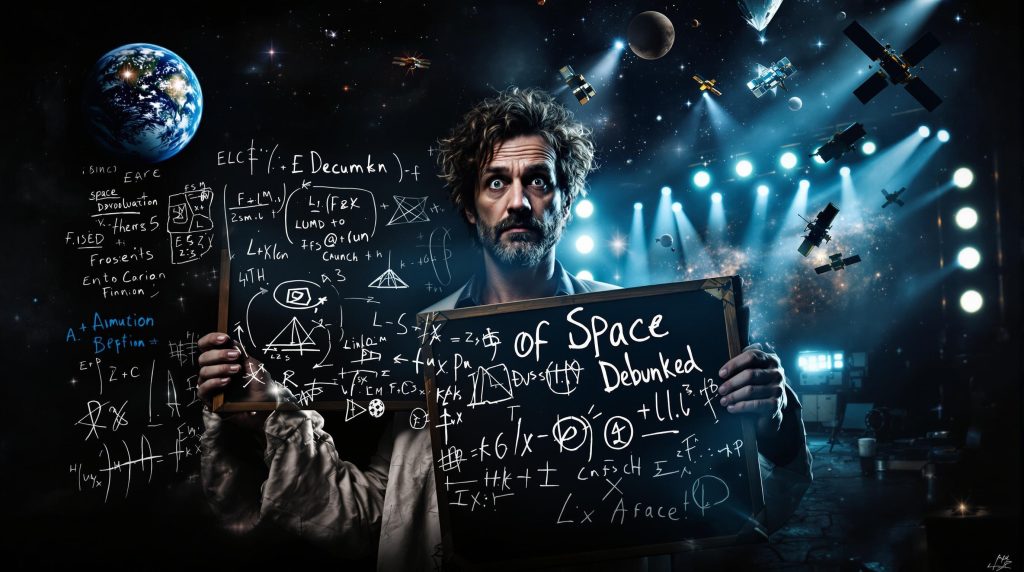
Myth 2: Astronauts Float Because There’s No Gravity in Space
The Myth: Astronauts experience weightlessness because space lacks gravity.
The Reality: Gravity exists everywhere in space, even at the International Space Station (ISS). The reason astronauts float is that they are in a state of continuous free fall around Earth, creating a sensation of weightlessness.
Myth 3: The Moon Has a Dark Side
The Myth: One side of the Moon is perpetually dark and never receives sunlight.
The Reality: The Moon’s “dark side” is a misnomer. Both sides receive sunlight, but only one side is visible from Earth due to tidal locking, where the Moon’s rotation matches its orbit around Earth.
Myth 4: Black Holes Suck Everything Around Them
The Myth: Black holes act like cosmic vacuum cleaners, pulling in everything near them.
The Reality: Black holes exert gravitational pull just like any other massive object. Objects must cross the event horizon, the point of no return, to be “sucked in.” If the Sun were replaced with a black hole of the same mass, Earth’s orbit would remain unchanged.
Myth 5: You Can See the Great Wall of China from Space
The Myth: The Great Wall of China is the only man-made structure visible from space.
The Reality: This myth has been debunked by astronauts. The Great Wall is difficult to spot from orbit without magnification. Other structures, like highways and city lights, are far easier to identify from space.
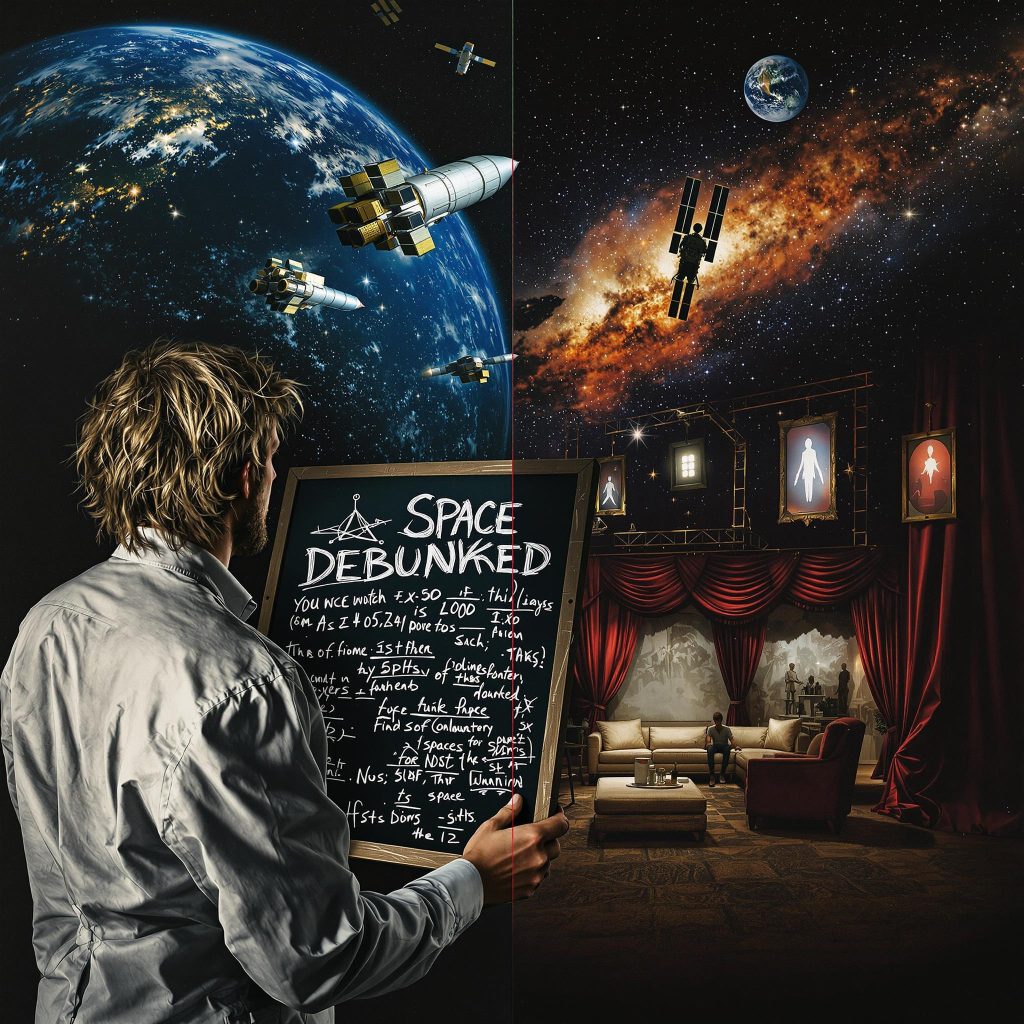
Myth 6: Space is Freezing Cold
The Myth: Space is extremely cold, freezing anyone or anything instantly.
The Reality: Space doesn’t have a temperature in the conventional sense because it’s a vacuum. Objects in space lose heat primarily through radiation, not conduction or convection. Temperatures vary widely depending on exposure to sunlight or shadow.
Myth 7: The Sun is Yellow
The Myth: The Sun is yellow, as it appears in the sky or drawings.
The Reality: The Sun emits white light, which contains all visible colors. Earth’s atmosphere scatters shorter wavelengths (blue and violet), making the Sun appear yellow to our eyes. In space, without atmospheric interference, the Sun looks white.
Myth 8: Space Travel is Instantaneous
The Myth: Thanks to science fiction, many people believe space travel is quick and easy.
The Reality: Space travel requires meticulous planning and takes significant time. For example, it takes several months for a spacecraft to reach Mars, even at its closest approach to Earth.
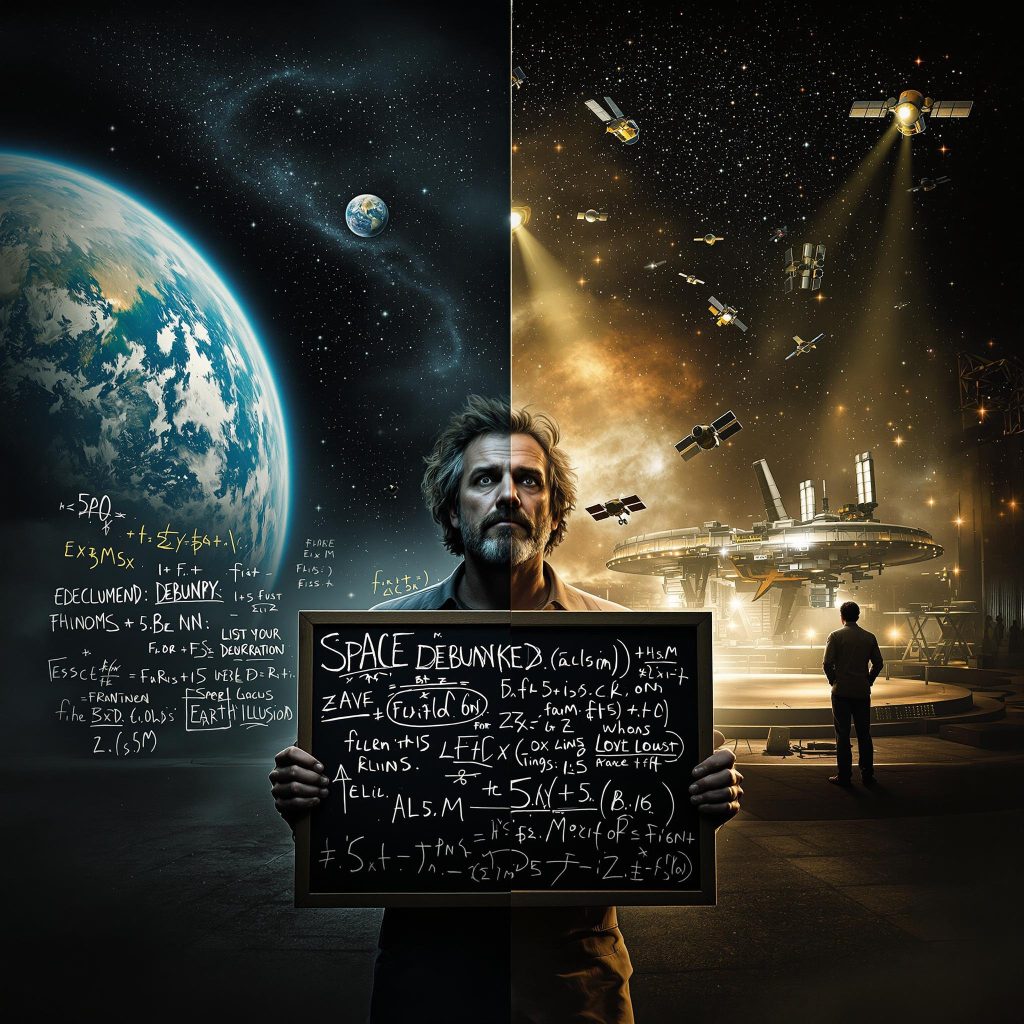
Myth 9: Meteors Burn Due to Friction
The Myth: Meteors heat up and burn because of friction as they enter Earth’s atmosphere.
The Reality: The intense heat is caused by compression of air in front of the meteor, not friction. This compression generates the fiery streak we see in the sky.
Myth 10: Humans Explode in Space Without a Suit
The Myth: Hollywood often depicts humans exploding or rapidly freezing in the vacuum of space.
The Reality: In space, you wouldn’t explode, but you’d lose consciousness within seconds due to lack of oxygen. Bodily fluids might vaporize slowly, but your skin would hold everything intact for a brief time.
Why It’s Important to Debunk Space Myths
Understanding the realities of space helps foster scientific literacy and dispel misconceptions that can distort our perception of the universe. Myths often arise from outdated ideas or dramatized depictions in media, but debunking them highlights the fascinating truths about space.
At SpaceyV, we aim to bridge the gap between popular beliefs and scientific facts, inspiring curiosity and learning about the cosmos.
Resources
Space.com – Debunking Space Misconceptions
Dive into the real wonders of the universe with us, and don’t let myths cloud the brilliance of space exploration!

